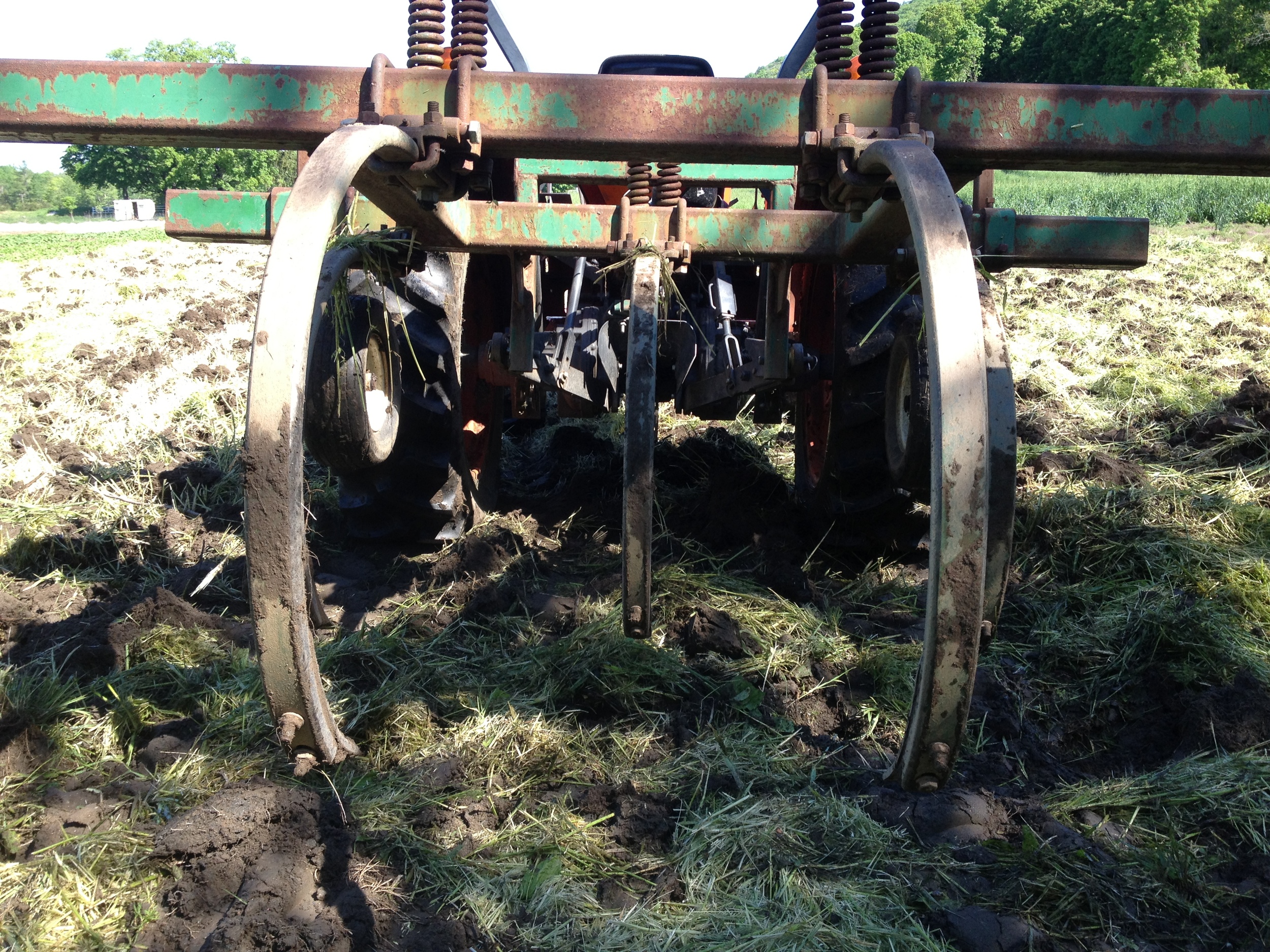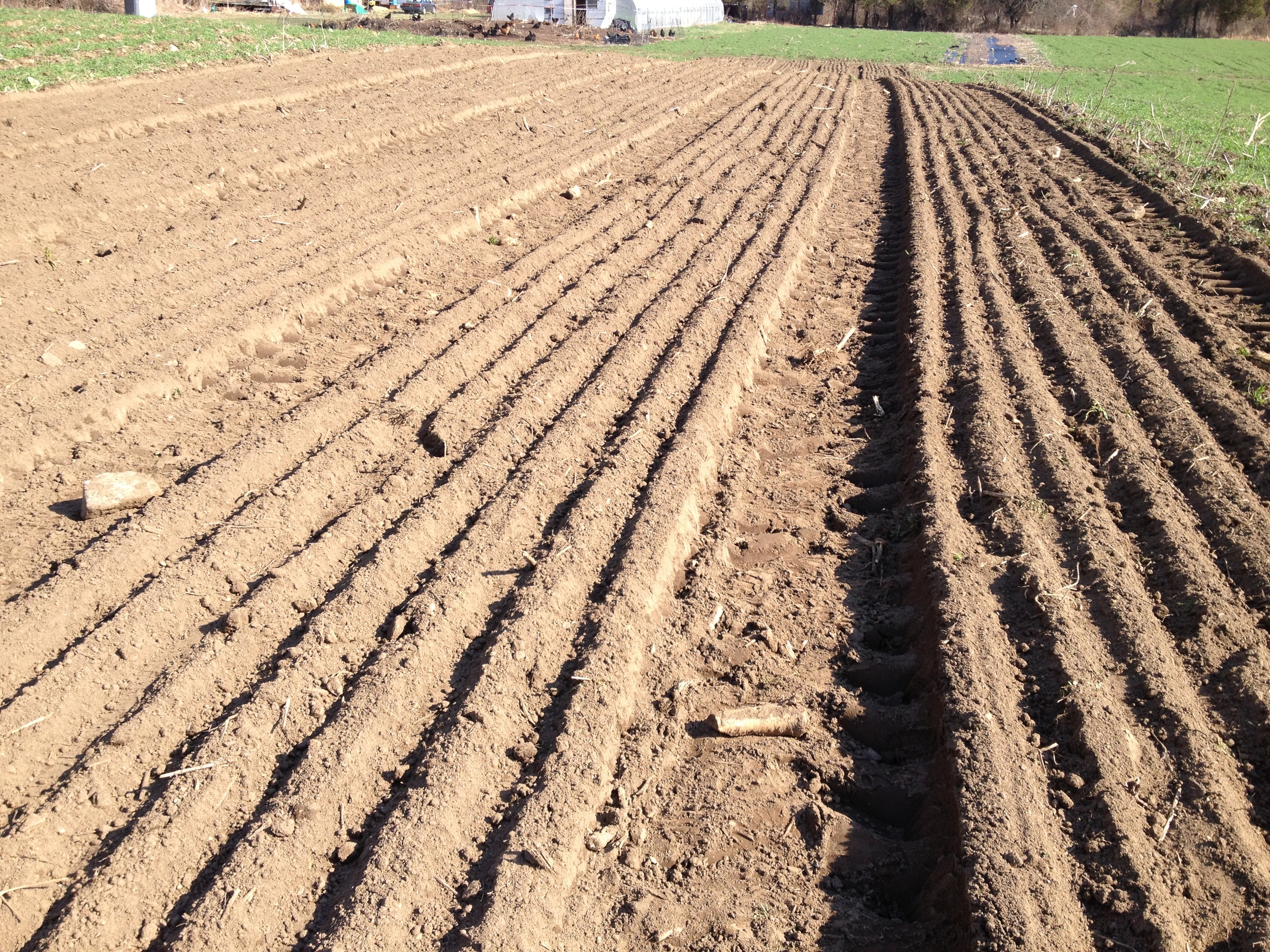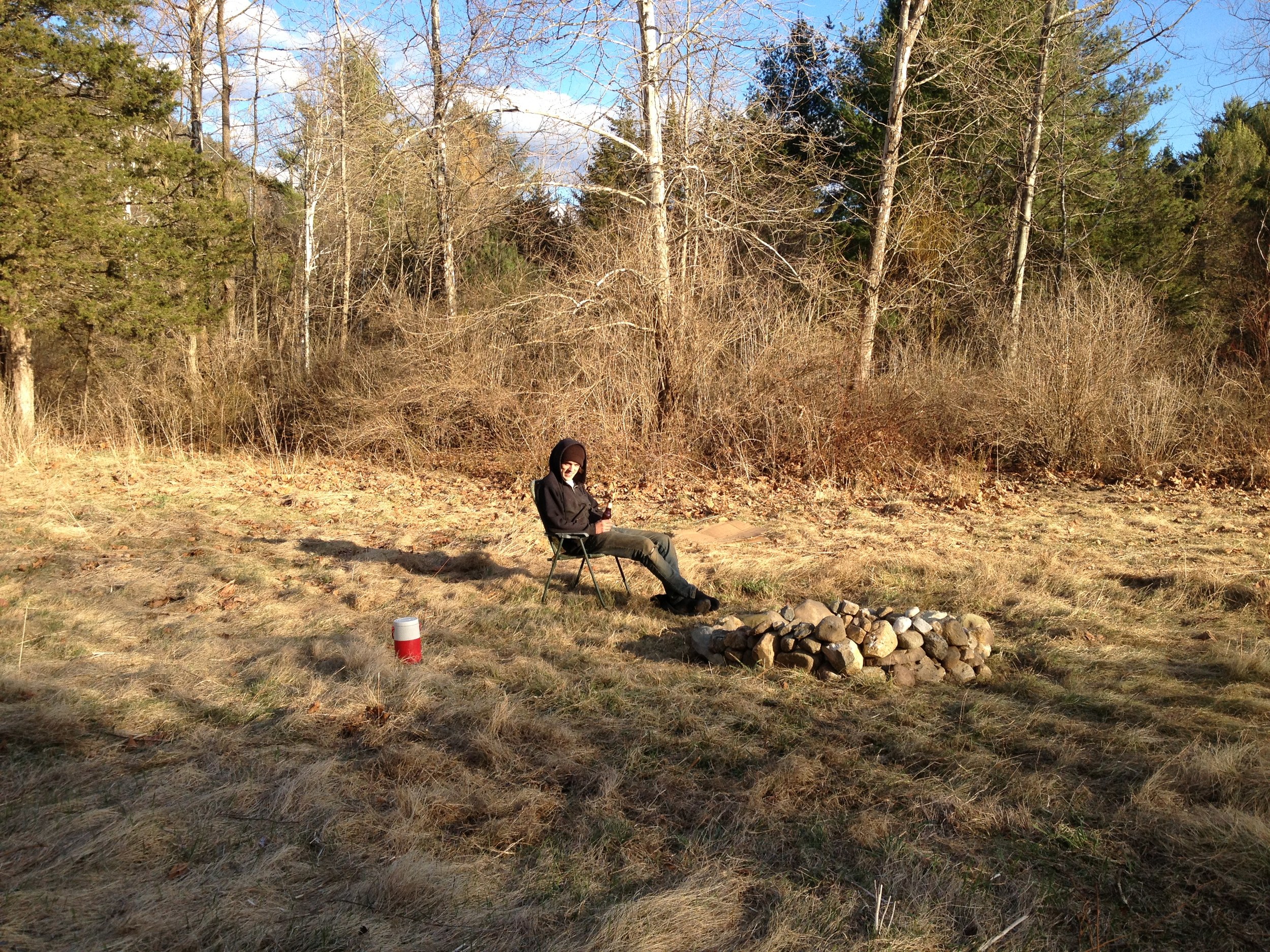In a milder week after much May weather, we slogged through much mud on the farm this week to do an escalating battle with weeds. Monday brought a visit from the CRAFTers, and Dan and Tracy's assigned topic was the CSA model and the finances behind a CSA farm on this scale. The apprentices really appreciated his openness and transparency in talking about the financial realities of running a CSA farm, because so many of them work for people who would never disclose their financial situations, or that came to farming with lots of family resources. Dan and Tracy's start-up story is full of lucky turns, but they relied mostly on their hard work to slowly build a farm at a comfortable scale.
This week brought the first substantial harvest and subsequent vegetable delivery. They organized the CSA calendar in such a way that the first harvest is the only one that week, providing a way for us to learn the mechanics of harvesting all the different vegetables, as well as the routine that takes vegetables from the ground to a box in the back of the van. We started harvesting right away in the morning, wearing our bibs to keep dry in the mud and the dew. This week's harvest included salad mix, spinach, arugula, dandelion greens, komatsuna, scallions, dill, and turnips. We bring big plastic bins out to the fields and fill them with rubber-banded bunches or loose leaves, depending on the crop. We bring them back to the packing shed, where we wash them in large tubs of cold water and stick them in the cooler. After the greens have dried off a bit, we come back and bag them to the appropriate weight before sticking them back in the cooler. The next day, we started in the packing shed, first counting out the right number of boxes (this time 83), then filling them in the right order (heaviest first, most crushable last), moving down the rollers in the packing line and ending up in the back of the van. We flipped a coin to see who would make the first delivery, and I won (or lost, depending on your point of view). I ended up driving down to White Plains, NY, which was a little more than two hours each way. Next week, we'll ramp up to the full harvest schedule, which will be about triple this week's. At the same time, we'll be battling the weeds (now in full force) and the wet weather (which shows no signs of letting up).
Thinking about: pollen, saison yeast, essays
Eating: wraps of all kinds, spicy radishes, sweet juicy turnips, greenest greens, eggiest eggs
Reading: Gene Logsdon's Holy Shit: Managing Manure to Save Mankind, David Foster Wallace's Consider the Lobster and Other Essays, George Saunders' Tenth of December










































